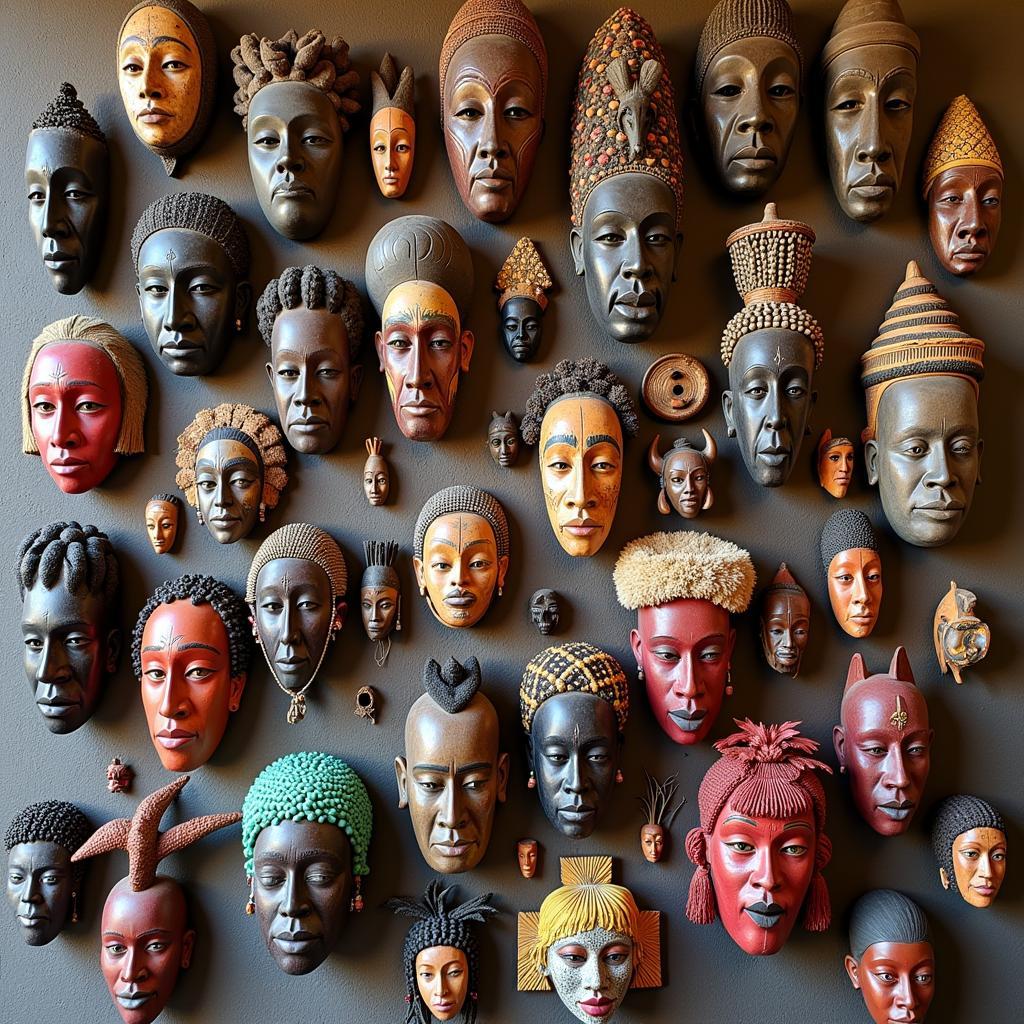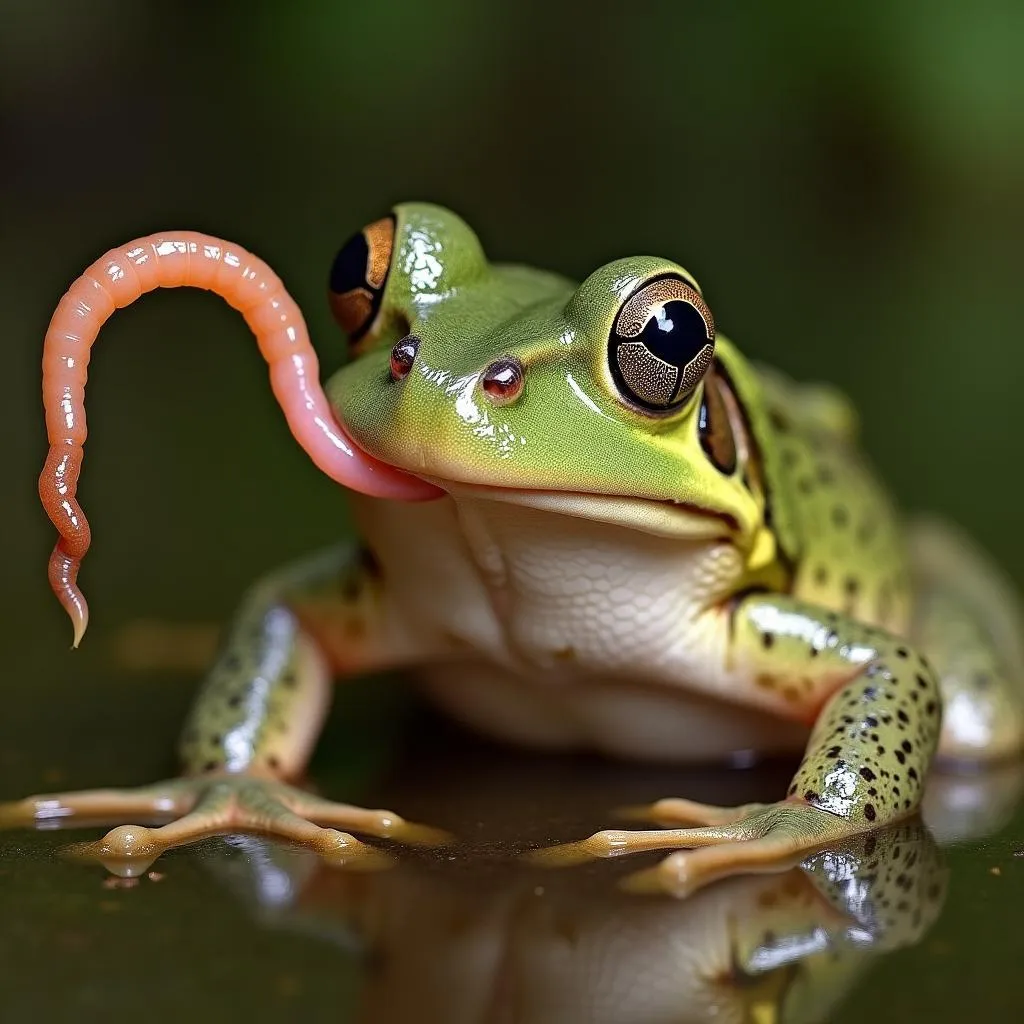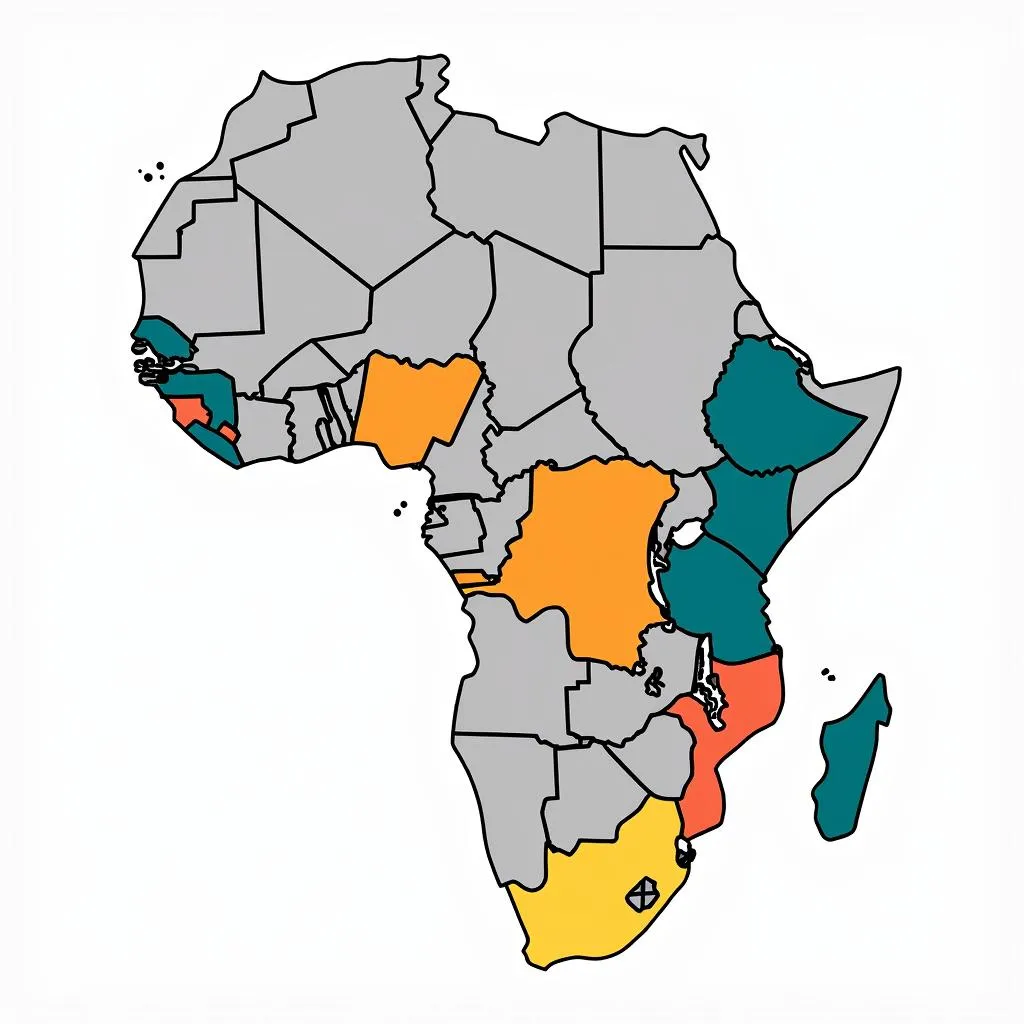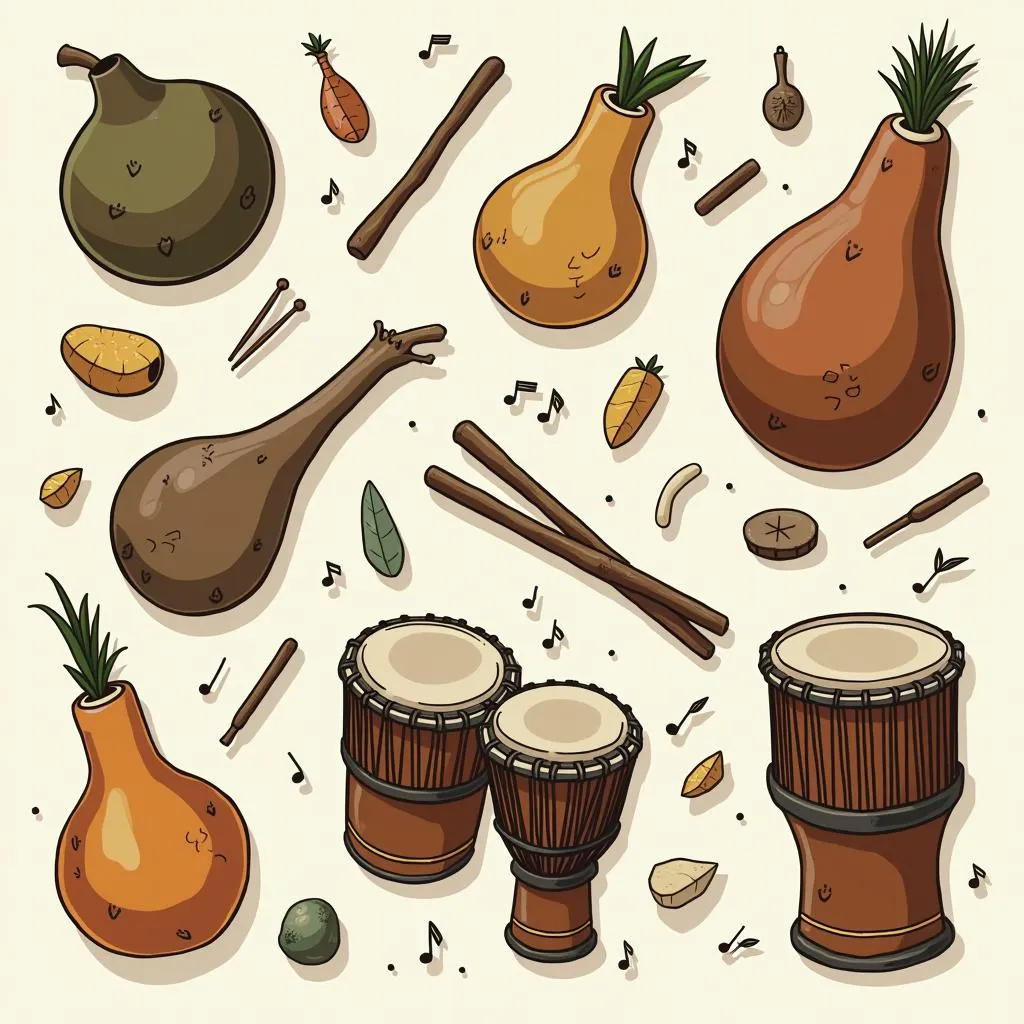Exploring the Diverse World of African Folk Art
African Folk Art is a vibrant tapestry of artistic expressions that reflect the continent’s rich cultural heritage and diverse traditions. From intricate carvings and colorful textiles to elaborate masks and symbolic sculptures, African folk art offers a captivating glimpse into the beliefs, values, and aesthetics of various African communities.
 African Masks on Display
African Masks on Display
The Significance of African Folk Art
More than just decorative objects, pieces of African folk art are often deeply imbued with meaning and serve practical purposes within their communities. They play integral roles in rituals, ceremonies, storytelling, and everyday life. Each piece carries symbolic significance, representing ancestral spirits, historical events, or cultural beliefs that have been passed down through generations.
For instance, masks are a prevalent art form in many African cultures, used in rituals and ceremonies to invoke spirits, celebrate harvests, or mark important life events. The craftsmanship of these masks is often exquisite, featuring intricate carvings, vibrant colors, and diverse materials like wood, beads, shells, and feathers.
Common Themes and Motifs in African Folk Art
While African folk art encompasses a wide range of styles and expressions, certain themes and motifs recur across different cultures. These shared elements offer insights into the common experiences and values that connect the continent’s diverse communities.
- Ancestors and Spirituality: Reverence for ancestors is a cornerstone of many African cultures, and this reverence is reflected in their art. Ancestral figures, often depicted in wood or bronze, are common motifs, symbolizing the ongoing connection between the living and the departed.
- Nature and Wildlife: Africa’s rich biodiversity is a constant source of inspiration for its artists. Animals, both real and mythical, feature prominently in folk art, representing strength, wisdom, or spiritual guidance.
- Daily Life and Community: Everyday activities like farming, fishing, and communal gatherings are frequently depicted in African folk art. These scenes offer glimpses into the daily rhythms and social structures of different communities.
The Enduring Legacy of African Folk Art
African folk art continues to captivate and inspire artists and art enthusiasts worldwide. Its influence can be seen in various art movements, from Cubism to Modernism. Today, museums and galleries around the globe showcase African folk art, preserving its legacy and providing a platform for its continued appreciation.
Moreover, contemporary African artists continue to draw inspiration from their cultural heritage, reinterpreting traditional forms and motifs in their work. This ongoing dialogue between the past and present ensures that African folk art remains a dynamic and evolving form of expression.
Conclusion
African folk art is a testament to the creativity, resilience, and rich cultural tapestry of the African continent. By exploring the diverse forms, meanings, and traditions embedded in this art form, we gain a deeper understanding of Africa’s history, beliefs, and artistic brilliance. As you encounter African folk art, allow yourself to be drawn in by its beauty, moved by its symbolism, and inspired by the stories it tells.


